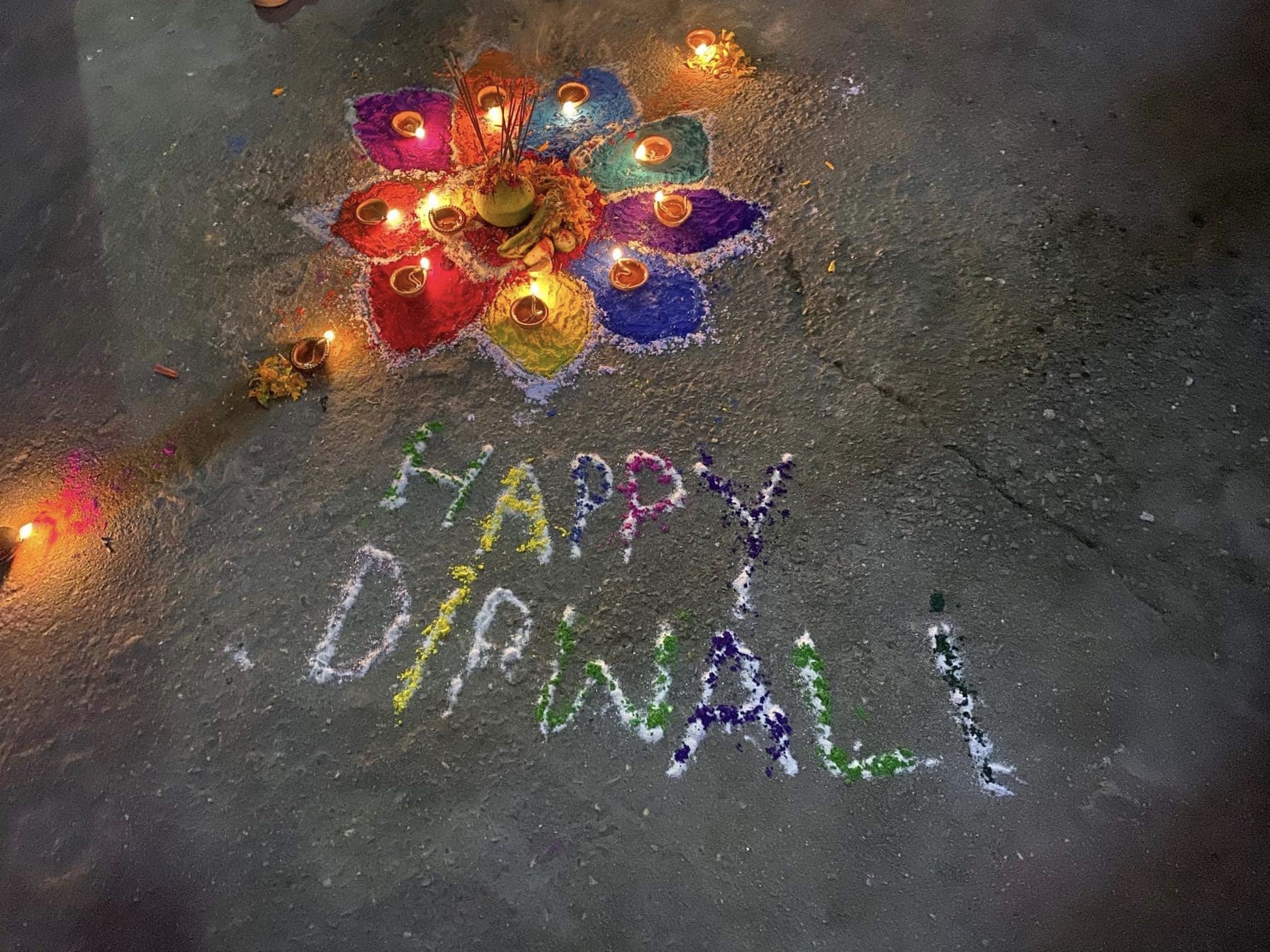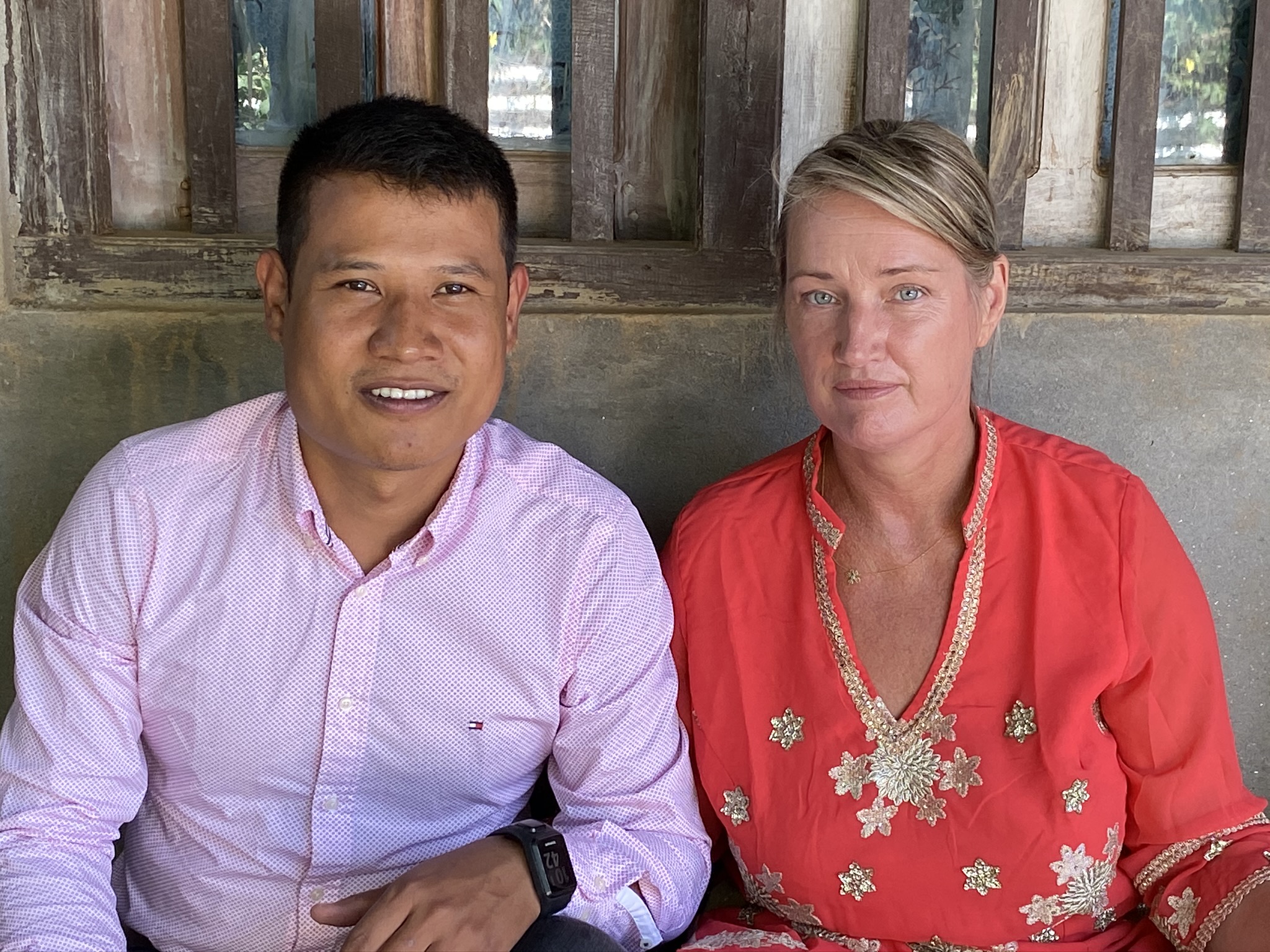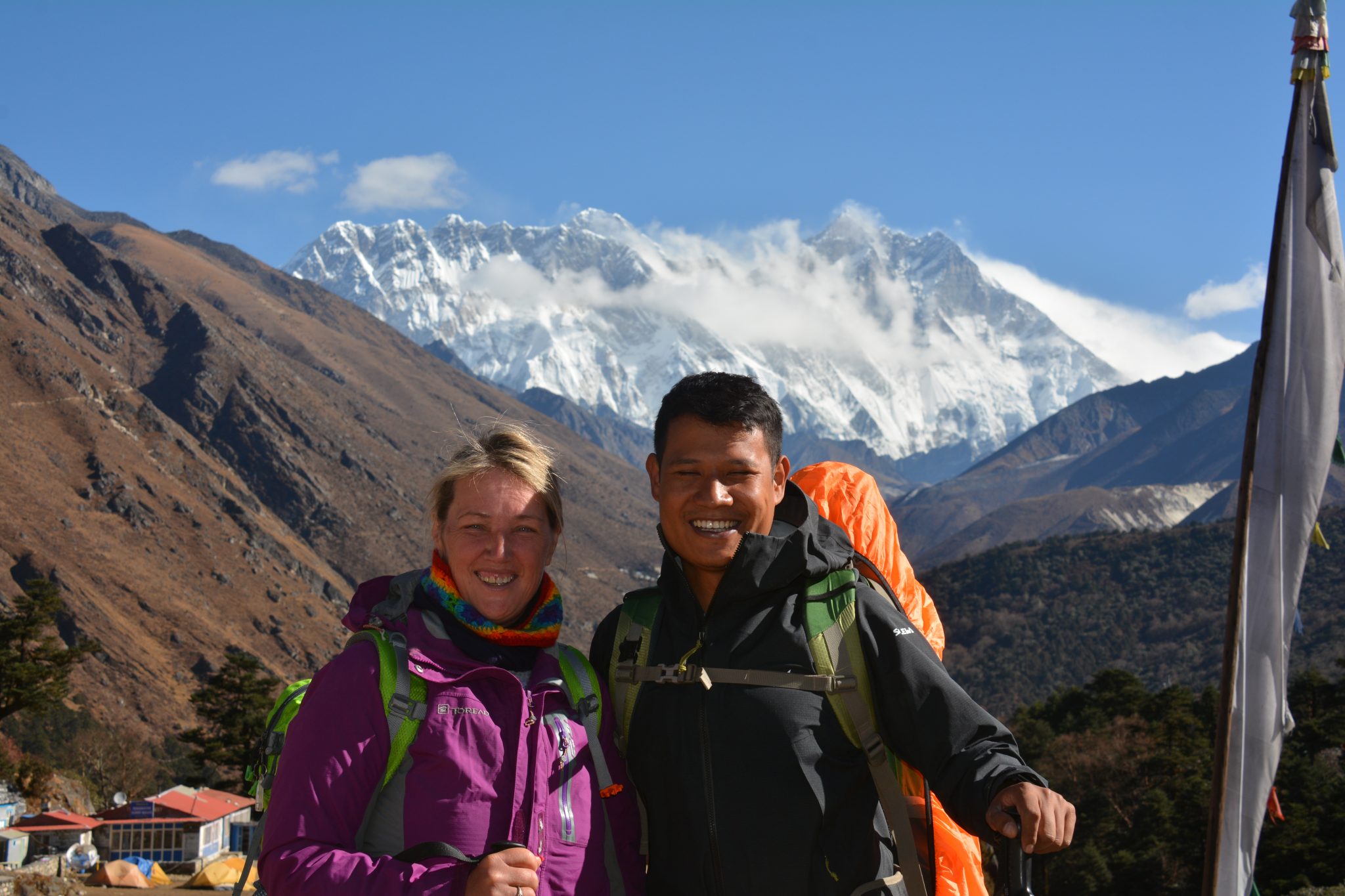
Tihar – the festival of light
We are the third day of Tihar.
Today everybody is very busy to clean their houses and do their shopping.
Because one of the most famous festivals of Nepal is starting to happen Tihar, also called Diwali or Deepawali, or also called by the people the festival of lights.
As all other Nepali families we are also very busy cleaning the house – everything needs to be prepared to invite the Goddess Laxmi in the house.
After cleaning the house we walked and looked around in the streets, everywhere people are buying the colored sand, existing of 7 colors – like the colors of the rainbow. This sand they will use later to make a nice mandala for the home.
People also are buying terracotta pots in all kind of designs to burn the candles in later, lights they look a little bit like our Xmas lights to decorate the houses, flowers to make mala’s at the entry of the house and the rooms, bras to make an offering plate for Goddess Laxmi, … .
Kathmandu where 3 million people live is already a crowded and very busy city but today the streets are full. They are full of people selling and buying things. You feel the excitement with everybody and some are already dancing …
Before the dark falls we need to be home … coming back we already see how people start to make nice mandalas on the street before their home. And from this mandala a line is made to lead to the different rooms of the home. Also on this line there are placed lights …
It is said that the most beautiful mandala will lead Goddess Laxmi in the house and that means she will bring you fortune.
On the way home we also saw some dogs decorated with a mala of flowers … I didn’t know but yesterday they celebrate the day of the dog. (Read below the meaning of this all).
Once we get at the home, we did same as other families – make the decorations.
When all is set then people just are enjoying looking local dances in the street – singing – talking and of course eating and drinking.
Here the celebration is not like with us happening inside but people enjoy with the whole street outside.
On the fourth day we decided to travel to Pramod’s hometown in the mountains to spend Tihar there.
Arrived there it was already evening – because it isn’t far in distance only 60 km, but to drive because of road and traffic it takes at least three hours.
Especially the last part of the travel is up in the mountain. And if I say up . I mean up … it is as there is no end of the road only ending in heaven … ;-).
On the way we saw a cousin of Pramod walking up – he took the local bus from Kathmandu – so we picked him up and then it already started not more understanding what is said.
I really need to learn Nepali – because I get a headache of trying to understand but really don’t understand one word.
After spending time with the family – people of the village became to come. In this festival it is allowed to gamble – so they do – until late in the night with their local drink roxy.
Day five is called brothers day.
On this day the sister – or father sister bring respect to the males in the family.
They first start to do a water ritual – this is like an invitation for the ceremony later.
So as Pramod has no sisters, the aunt did this ritual.
After the ritual we went for a walk and then I saw all commotion coming in the village.
Seems like some relative, of grandfather branch, has delivered a baby this morning. When somebody deliver a baby, in the next eleven days the whole family can’t have any ceremony. Also when somebody of grandfather’s family of father side die then the whole family can’t celebrate in the next year no festival.
This seems to be a culture habit coming from Bön religion.
All is mixed here , traditional they are Buddhist, but same as in Tibet before Buddhist religion Bôn was there. So some habits still come from Bôn religion.
And then as already tolled in an earlier blog – all Buddhist people of the Kathmandu Valley where forced 2 centuries ago to also celebrate Hindu festivals. So it is a real mic here … try as an outsider to understand is not so easy.
But so many houses can’t have the tikka ceremony because of the birth of this child.
As some people come from foreign countries, or travel far in Nepal, to spend time with the family for this festival, the disappointed was big … what means somewhere shouting.
So no Tikka today, but still eating and drinking …
Today, 30 october, we are back in Kathmandu – preparing the group arriving tomorrow.
I am excited because my mum and uncle and aunt are also in the group!
For the pictures of the festival go to our facebook: https://www.facebook.com/TaraHimalayanVision/
Some more background about this festival:
There are many tales about the origins of Tihar. The most popular of them all is the story of Lord Yama, the God of Death and his sister Yamuna.
Lord Yama, the Hindu and Buddhist god of death, is believed to be the one who judges the souls of people after their death. He is the one who decides whether to send their souls to hell or heaven. Once, he was supposed to meet his sister, Yamuna. But he was unable to as he was busy with his work. On the other hand, Yamuna was eagerly waiting to meet her brother. So she sent messages to him, inviting him to come and meet her. As the legend goes, she sent a crow, a dog and then a cow as the messenger. But even then, Lord Yama did not come to see her. Finally, she had decided to go herself and meet him. This day is observed as the day of Bhai ‘Tikka’, the 5th day of Tihar. On this day, it is said that the Yamuna worshipped her brother and blessed him with good fortune. Hence, following the footsteps of Yamuna, the tradition of sisters paying respect to their brothers and praying for their well-being was set.
Tihar Festival is the second biggest festival that is celebrated for five days all over Nepal. And each Tihar holiday has its speech and portray peculiar functionalities and importance. The first day of Tihar is to worship crows, which are considered as “the messenger of death.” The second day of Tihar is to honor dogs who are considered as “the guardian for the god of death.” The third day is to welcoming day of the deity of Laxmi. However, the fourth day is the day to honor and worship cows.
The final day of the Tihar festival is called Bhaitika or Tihar tikka, which is the day of exchanging happiness, gifts among brothers and sisters. All the family members, away from home, gather together and celebrate joyously. They celebrate their joy with each other and eat delicious food.








